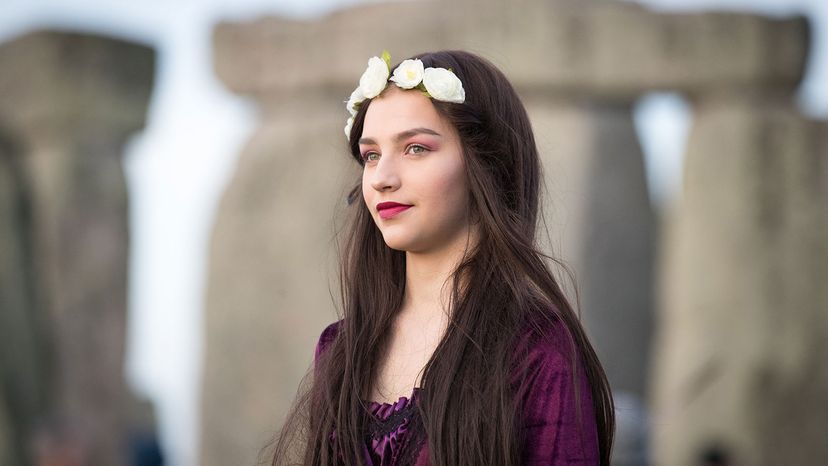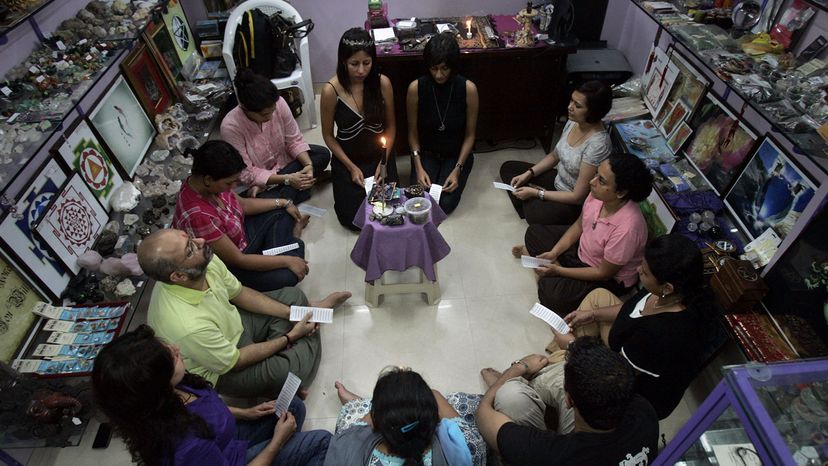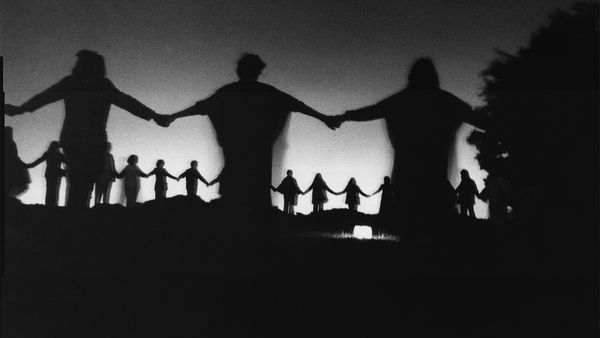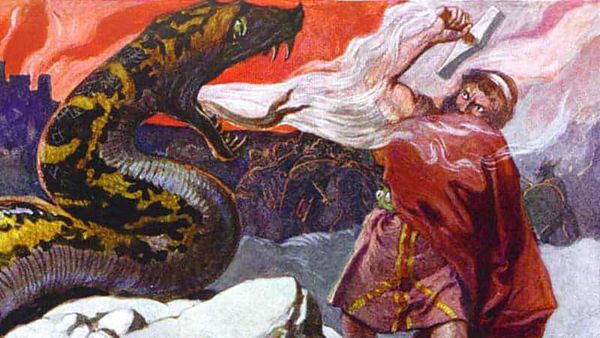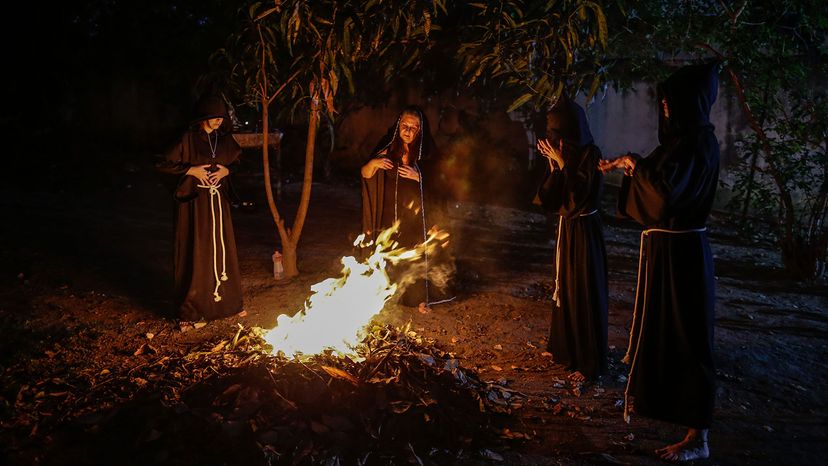
Key Takeaways
- Modern Paganism, a revival movement, embraces various pre-Christian polytheistic traditions like Wicca, Ásatrú and Druidism.
- Modern Pagans focus on rituals to connect with nature, deities, community, and self, with common themes like seasonal celebrations and honoring gods.
- Wicca, a prominent branch of Modern Paganism, emphasizes women's empowerment and magical practices through covens and individual study.
When Christianity switched from a persecuted fringe sect to the state religion of the Roman Empire in 415 CE, those in the new monotheistic mainstream came up with an insult for the polytheistic "hicks" who still worshipped the pantheon of Roman gods. They called them "pagans" from the Latin word paganus for "country dweller."
While most of the rites and practices of Pagan belief systems died out centuries ago, some modern spiritual seekers have recovered those ancient wisdom traditions and now proudly identify as Pagan. By some measures, Modern Paganism is one of America's fastest-growing religions with an estimated 1 million followers of various Pagan sects in the United States. According to the 2014 Pew Religious Landscape Study, 0.3 percent of Americans identify as "Pagan or Wicca," which is the same number who identify as Unitarian. In 2008, there were just 340,000 Pagans in the U.S.
Advertisement
Modern Paganism (also called Neopaganism, Contemporary Paganism or just Paganism) is a revival movement that encompasses a wide and rich variety of polytheistic religious traditions: Sumerian, Egyptian, Greek and Roman practices, as well as Wicca (modern witchcraft), Ásatrú (the worship of Norse gods, goddesses and land spirits) and Druidism (an Indo-European priesthood).
With such a diversity of religious traditions and rituals, Modern Paganism defies easy definition. The religious scholar Michael Strmiska described Modern Paganism as a collection of religious movements "dedicated to reviving the polytheistic, nature-worshipping pagan religions of pre-Christian Europe and adapting them for the use of people in modern societies."
What Modern Pagans are definitely not is "historical reenactors," says Jefferson Calico, a religion professor at the University of the Cumberlands, Kentucky, and author of "Being Viking: Heathenism in Contemporary America."
"Contemporary Pagans feel a strong connection to the past and look to those pre-Christian practices and cultures and spirituality as inspiration for what they're trying to recover, find again or create anew," says Calico. "They look at pre-Christian traditions of the past as repositories of ancient sacred wisdom and lifestyles that connected us to the cosmos and to each other in ways that are holy and sacred."
Advertisement
